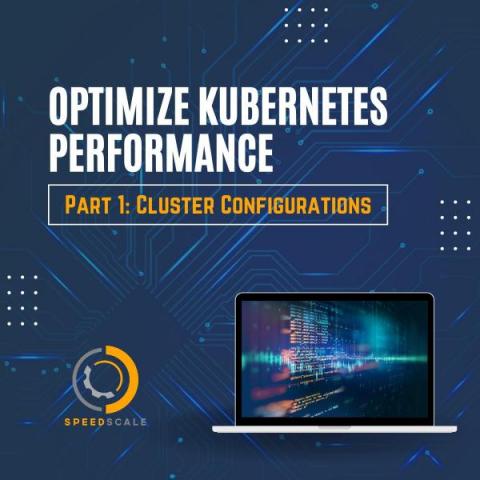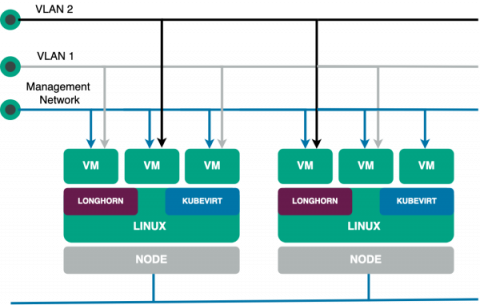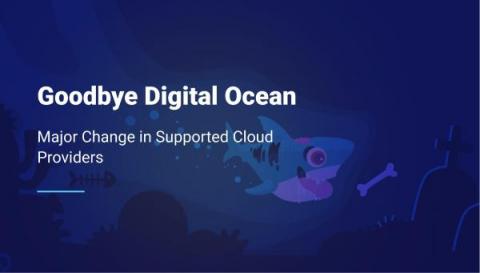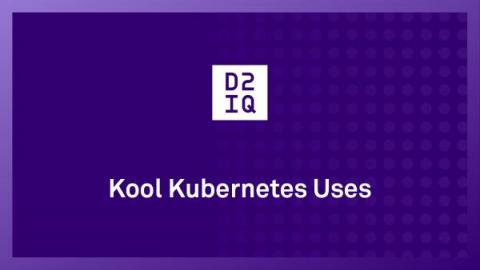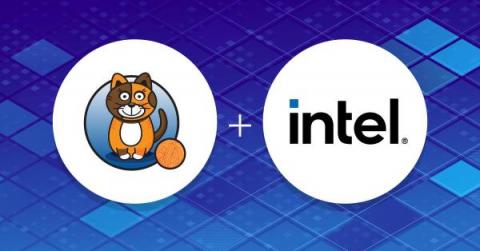Continuous deployment of a Dockerized .NET Core app to AWS ECR
Containers are a useful tool for deploying applications because they allow for the packaging of an application’s code, libraries, and dependencies into a single, isolated unit. This makes it easy to deploy and run the application on any computer or server that has the necessary container software installed.





